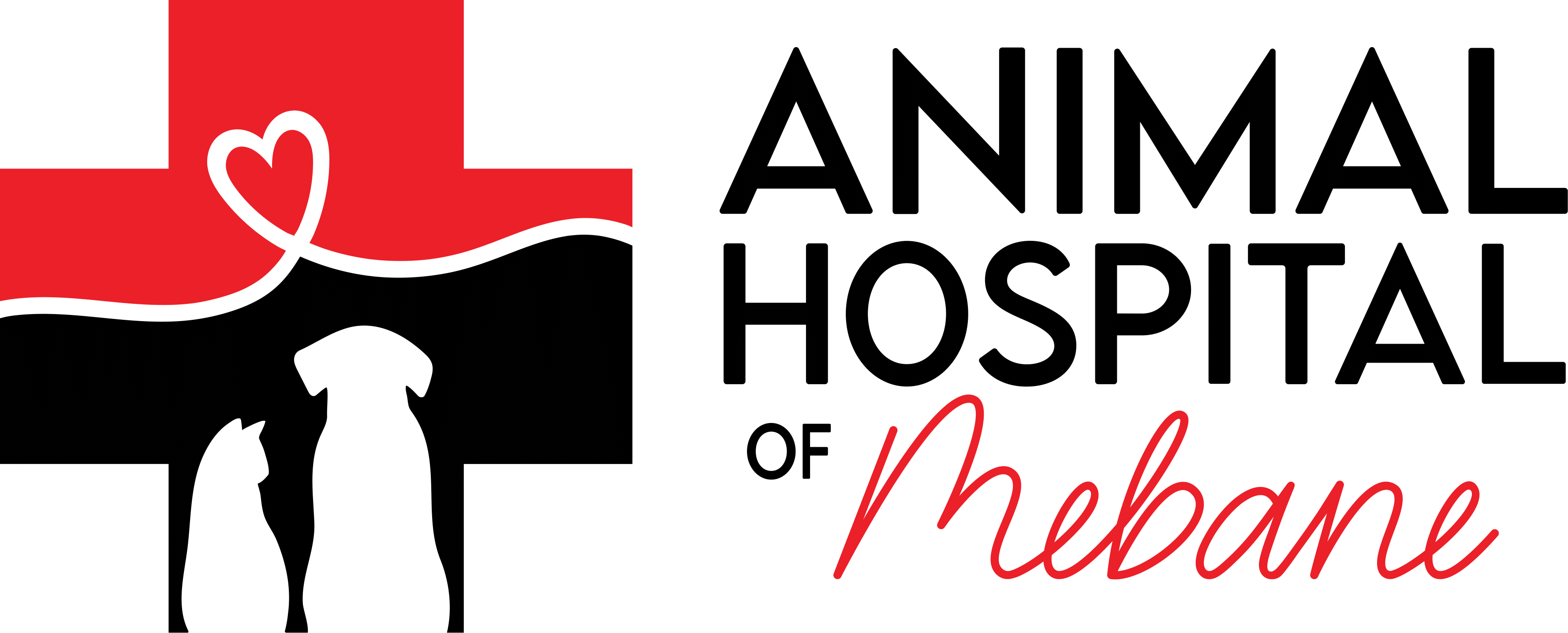You’ve prepped the nursery, toured the hospital, created a birth plan, made work arrangements…but how do you prepare to introduce your fur-babies to your newborn baby? Your pets likely have picked up that something is up, but they need to be prepared for the life-change your whole family is about to experience.
Preparing In Advance
You will want to start planning for some changes months before baby arrives in order for a successful outcome. Lots of sudden change can stress your animals out and will not produce the results you are looking for. Your goal during preparation is to help your pet associate all things “baby” as a positive experience. Here are some tips to help your pets have the best relationship with the new baby as possible.
1. Allow your pets to get acclimated to the new baby equipment, sounds, and smells well in advance. Let them sniff diapers, baby lotion, and baby powder. Be sure to set the appropriate boundaries now. If your cat is allowed in the room, but not on the furniture, start training them now. Make sure dogs know that baby toys are not their chew toys.
2. If your fur children will not be allowed in the nursery, make sure they learn this early on. Set-up a pet/baby gate so that your pets can still see and hear what is happening and don’t feel as isolated. Spend some time in the nursery with your pets separated so they can get used to this new change.
3. The reality is that your time with your pets is going to decrease once baby arrives, at least in the very beginning. This is one of the main reasons pets will associate new babies as a negative thing. Avoid this association by slowly decreasing your time together. Try and set more quality time instead of quantity times with your pets. Be sure your fur baby still gets the love, attention, and care they need and consider hiring help such as a dog-walker. Introduce your pet to this new relationship and routine.
Meet and Greet
Introducing your pets to your baby can induce feelings of excitement and anxiety. Create a strategy with your partner by using these tips, and if you have any other problems, be sure to ask your veterinarian for more help.
1. Send home an item from the hospital (blanket, clothes, or even a soiled diaper) so your pets can get familiar with baby’s smell before meeting him or her.
2. If you have more than one pet, introduce them to baby one at a time.
3. Your pet will be excited to see you after some time away. Let your pet greet your partner while you supervise baby, and then switch off and let your pet greet you without baby.
4. Once your pet is calm, put your pet on a leash and let them meet baby in a neutral territory, such as the living room couch. Hold baby on your lap and be sure to stay calm, cool, and collected. If you are nervous, your pet will pick up on these negative feelings.
5. If your dog gets too excited, remove the baby from the environment and let the dog calm down. Try again after they have calmed down.
6. If the dog retreats after meeting baby, reward the dog with a treat or other positive reinforcement.
7. Do not allow pet and baby to be in the same room unless you are close enough to intervene if a negative reaction occurs.
8. Be intentional about reassuring your pet that you still care for them. Even if you are tired, give them just a few minutes of snuggle time or attention.
Remember that babies make erratic movements and loud noises that can frighten pets. It will take a few weeks for things to begin to normalize, but as baby grows and develops, they learn new movements and sounds. Just as you get comfortable, things can change. Stay alert and be consistent. Continue to use positive reinforcement for appropriate behavior. In due time, you and your pets
can live together in harmony as a happy,
though bigger, family.
